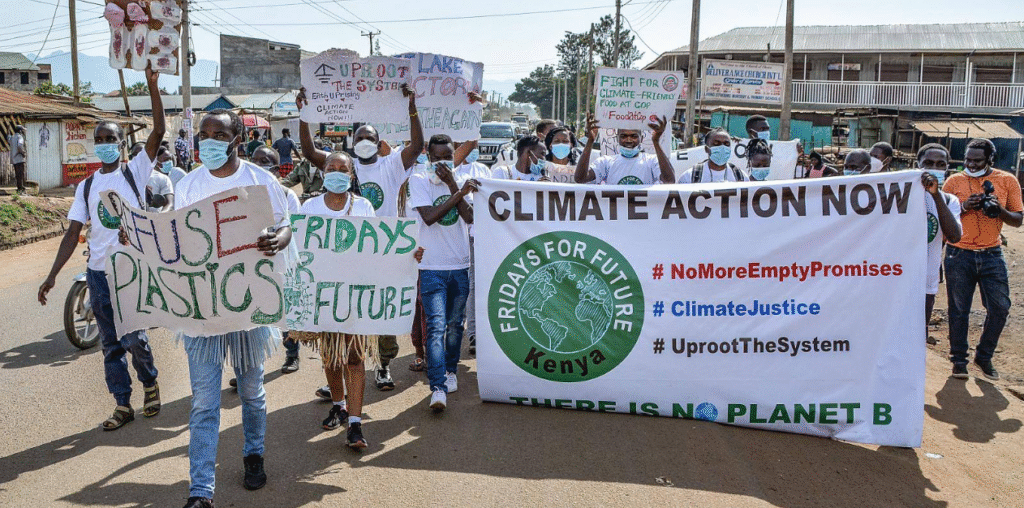Africa faces a persistent climate finance shortfall that threatens its ability to adapt to escalating environmental challenges. Despite modest improvements, the continent still receives only a fraction of the funds it needs to fulfill its climate goals. Between 2019 and 2022, climate finance flows rose from roughly USD 29.5 billion to USD 43.7 billion a notable 48% increase but those funds now must quadruple annually by 2030 to meet the Nationally Determined Contributions outlined under the Paris Agreement.
Development Minister Stresses Africa Must Lead Climate Financing Agenda
At a recent summit, Africa’s Planning and Development Minister reaffirmed that unlocking climate finance for Africa’s development remains a top priority. The minister emphasized that achieving climate resilience demands a new generation of partnerships ones based on respect and equity.

He urged global institutions to recognize Africa not just as a recipient but as a co-shaper in climate solutions, underscoring the continent’s untapped innovation and ambition.
Mobilizing Private Sector Finance for Climate Resilience
Public funding alone will not fill Africa’s financing gap. The African Development Bank and finance ministers across the continent have called repeatedly for a deeper private sector role in climate finance. Private contributions have supported less than 3% of adaptation efforts between 2019 and 2022.
To bridge the gap, Africa needs to mobilize approximately USD 213.4 billion annually from private investors. High-risk perceptions and poor credit ratings remain major obstacles to private investment.
One of the most significant hurdles Africa faces lies in institutional capacity. National ministries often struggle to design and present effective climate project proposals that meet the stringent requirements of international donors and funds.
Innovative Instruments Open Paths to Non-Debt Climate Funding
Faced with rising debt burdens, African leaders are pushing for creative financing models. Grant-based options, guarantees, and blue-sky private investment are more sustainable than repayable loans. Reuters reports that the Global Environment Facility plans to launch wildlife conservation bonds across all 54 African countries. These bonds offer funding tied to conservation results, circumvent overburdening national budgets.

The African Development Bank also launched a pioneering USD 750 million hybrid bond, attracting six times more interest than expected. This structure balances risk, return, and financial sustainability all crucial for expanding African access to climate capital without increasing sovereign debt.
Scaling Adaptation through Large-Scale African-Led Initiatives
Africa already leads on adaptation through the Africa Adaptation Acceleration Program the world’s largest such initiative. With over USD 6.7 billion invested across 30 countries, AAAP supports climate-resilient agriculture, infrastructure, water systems, and youth employment projects.
Beyond grants and bonds, effective climate finance requires alignment with broader regional priorities especially infrastructure. The African Union, AfDB, UNECA, and partners held strategic roundtable consultations on mobilizing climate finance for cross-border projects under the Program for Infrastructure Development in Africa . These initiatives now span green transport, regional energy grids, and climate-smart logistics corridors all structured toward bankable, climate-aligned funding frameworks.


 Morocco’s Sustainable Development Hailed Benchmark for Africa
Morocco’s Sustainable Development Hailed Benchmark for Africa  Ghana’s Prof. Otoo appeals for partnerships in Africa
Ghana’s Prof. Otoo appeals for partnerships in Africa